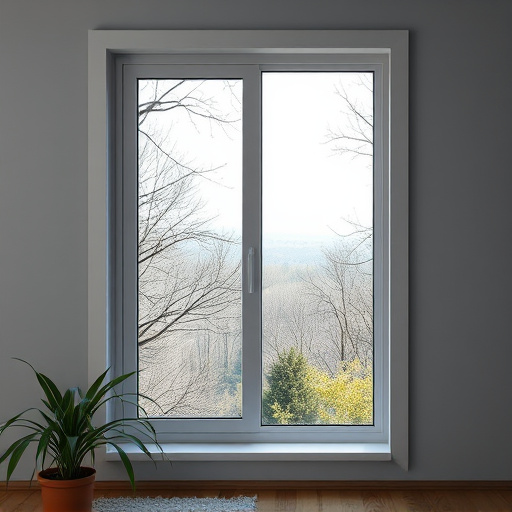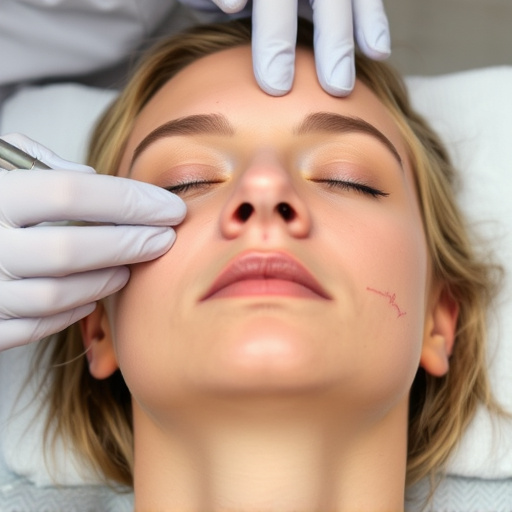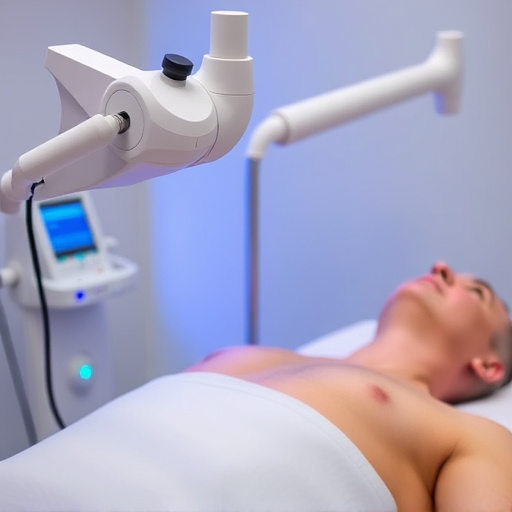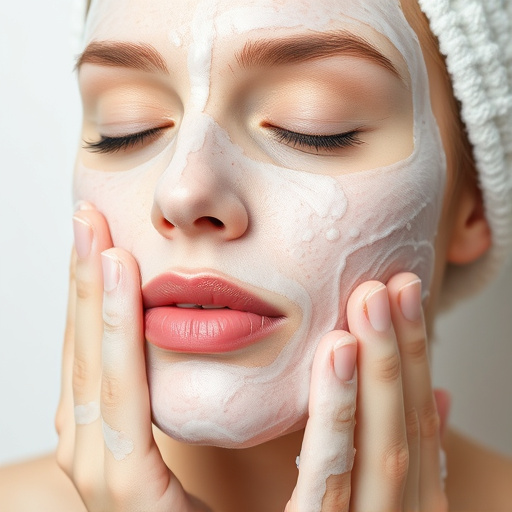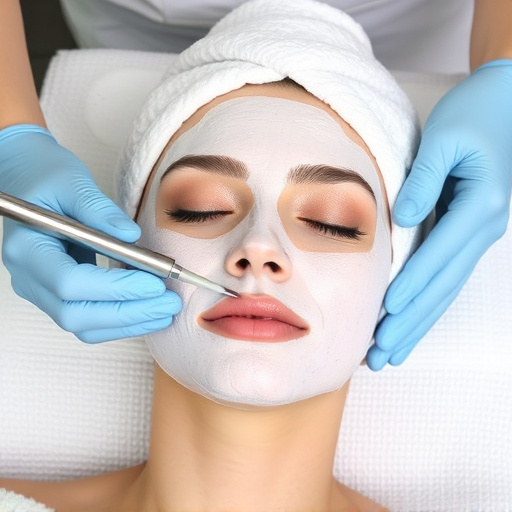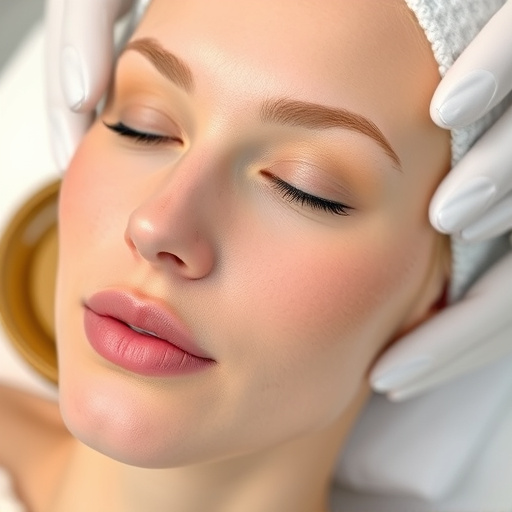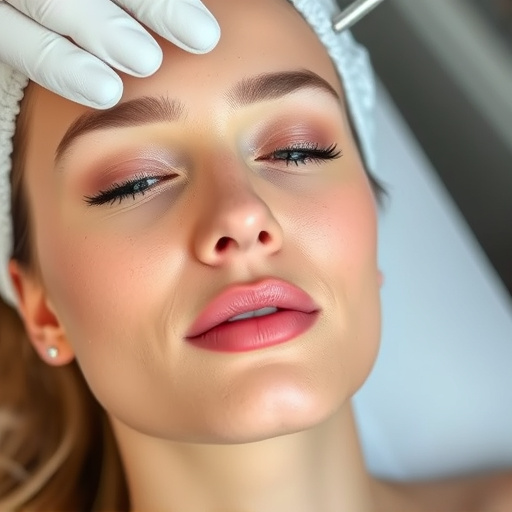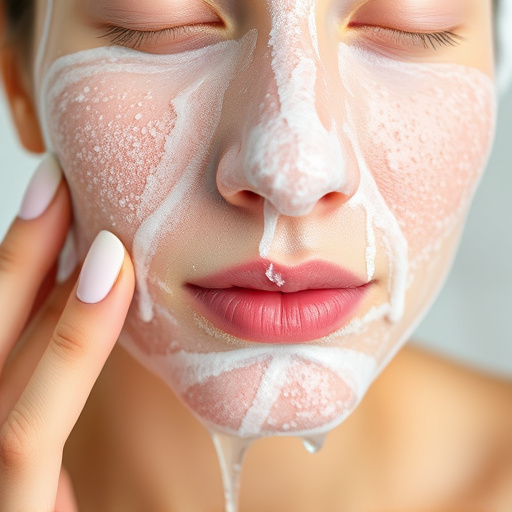Acne, persisting beyond adolescence, impacts self-esteem and mental health. Customized acne facial treatments, offered at medical spas, target specific skin needs with techniques like extractions and chemical peels. Treatment frequency varies based on individual factors. Consistency is key in achieving clear skin through personalized routines combining professional acne facial treatment and at-home care tailored to unique skin types and concerns.
Acne, beyond being a skin concern, can impact self-esteem and confidence. Understanding its causes is key to effective management. This article delves into the optimal frequency of acne facial treatments, exploring factors like skin type, severity, and lifestyle. We’ll guide you through creating a personalized skincare routine, highlighting essential steps for achieving clear, healthy skin. Discover how regular, targeted interventions can transform your complexion and boost your self-assurance with effective acne facial treatment practices.
- Understanding Acne and Its Impact on Skin Health
- Factors Determining the Frequency of Acne Facial Treatments
- Creating a Personalized Skincare Routine for Optimal Results
Understanding Acne and Its Impact on Skin Health
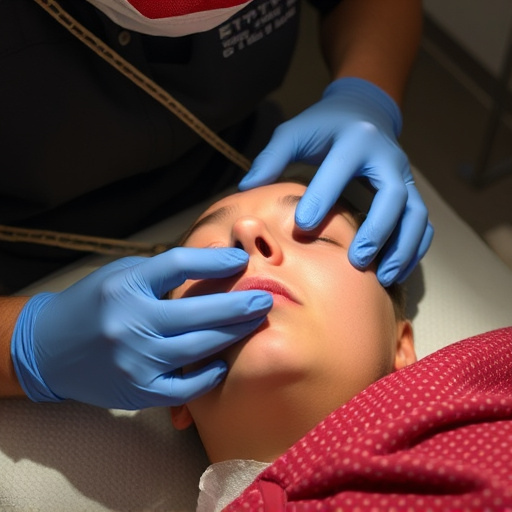
Acne is a common skin condition that goes beyond mere blemishes on the surface. It’s caused by blocked pores, leading to inflammation and the formation of red, swollen spots. These can range from mild pustules to more severe cysts. While it’s often associated with adolescence, acne can persist into adulthood for many individuals. The impact of acne extends beyond physical appearances; it can also affect one’s self-esteem and mental health.
Regular care is essential in managing acne effectively. Acne facial treatments offer a targeted approach, aiming to unclog pores, reduce inflammation, and prevent future breakouts. These treatments are often tailored to individual skin types and concerns, making customized facials a popular choice. Medical spa services dedicated to acne management can provide advanced techniques, such as extractions, chemical peels, and specialized products, to address the root causes of acne and promote healthier, clearer skin.
Factors Determining the Frequency of Acne Facial Treatments
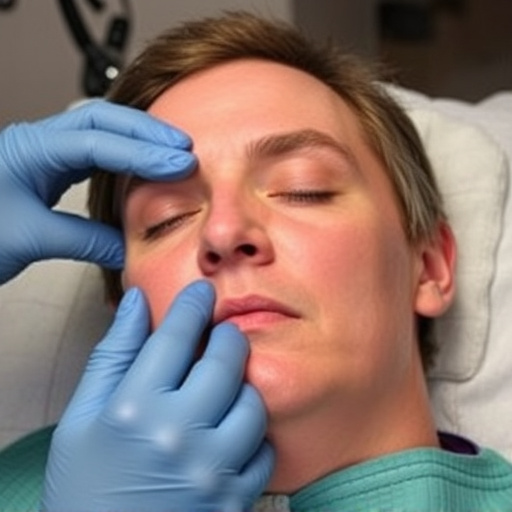
The frequency of acne facial treatments largely depends on several factors. First, it’s crucial to consider the severity and type of acne you’re dealing with. Persistent or severe cases may require more frequent visits for optimal results. Additionally, individual skin types play a significant role; some skin types might need more regular care than others to maintain clear and healthy skin.
Other determiners include lifestyle factors like diet and stress levels, which can impact your skin’s condition. Environmental factors such as humidity and pollution also matter. Furthermore, the effectiveness of previous treatments and your skin’s response to them are essential considerations. Remember that consistency is key; regular visits for facial treatments, combined with proper home care routines, can significantly contribute to achieving and maintaining clear, radiant skin, enhancing overall skin brightening efforts.
Creating a Personalized Skincare Routine for Optimal Results
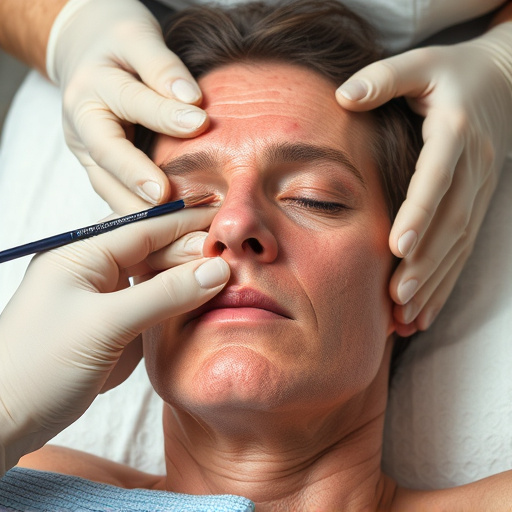
When it comes to achieving clear, healthy skin, consistency is key. Just like any successful routine, your skincare regimen for acne-prone skin requires dedication and customization. A personalized approach involves understanding your unique skin type and concerns, whether that includes chronic breakouts, scarring, or redness.
After consulting a dermatologist or skilled esthetician, consider incorporating both professional acne facial treatments and at-home care into your routine. Weekly hydrating facials can help replenish moisture, while targeted treatments with ingredients like salicylic acid or benzoyl peroxide can unclog pores and reduce inflammation. Incorporating a gentle cleanser, hydrating serum, and sunscreen tailored to your skin type will further support your personalized skincare journey, complementing the effects of your professional facial treatments.
Acne facial treatments should be tailored to your skin’s unique needs, with frequency determined by factors like skin type, acne severity, and response to previous treatments. Generally, consistent yet not overly frequent visits (every 4-8 weeks) are recommended for optimal results. Combining these professional sessions with a personalized skincare routine can significantly improve skin health and minimize acne breakouts over time. Remember, listening to your skin and consulting a dermatologist is key to achieving clear, healthy skin.





